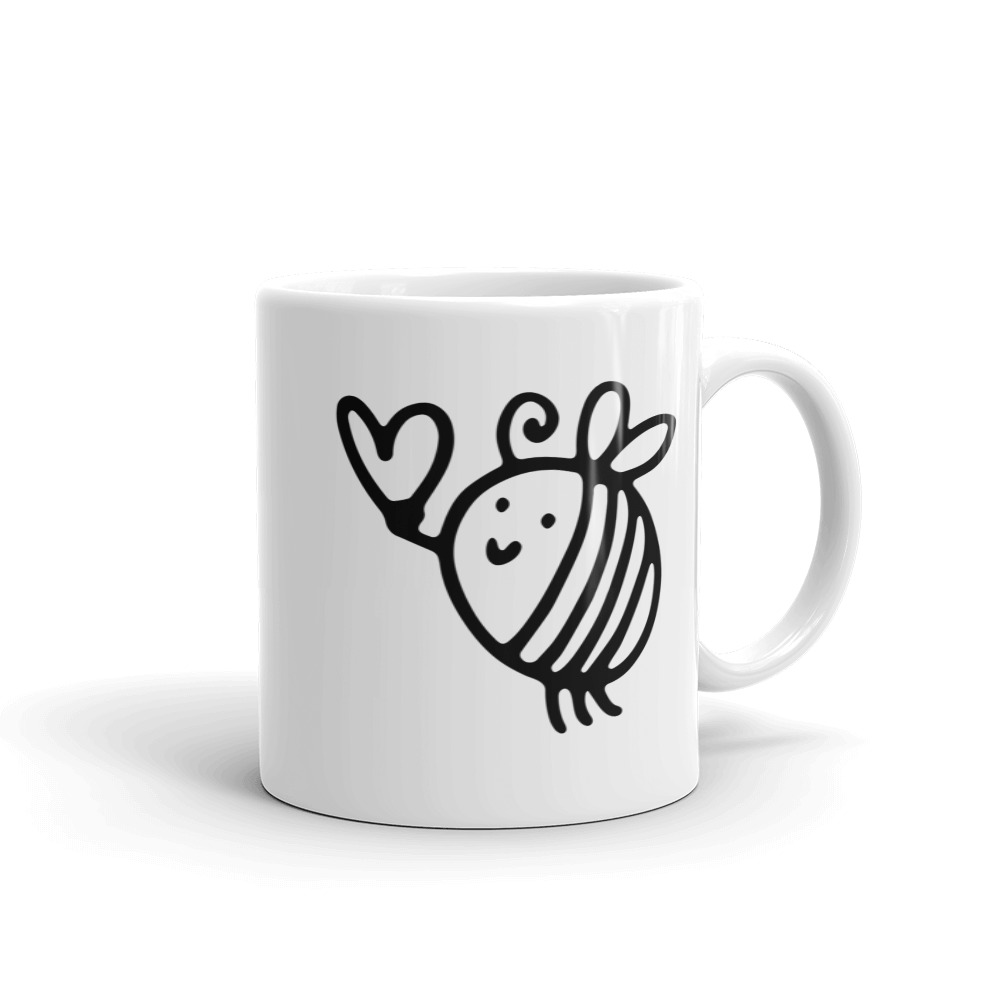Creating a bee-friendly garden is one of the most effective ways to support these vital pollinators.
By planting a variety of flowers that provide nectar and pollen throughout the year, you can help sustain bee populations and contribute to a healthier environment. Here are ten of the best bee-friendly plants to grow in the UK.
1. Lavender (Lavandula)
Lavender is a favourite among bees, offering abundant nectar. Its fragrant purple flowers bloom from late spring to early summer, providing a vital food source. Lavender is also easy to grow and adds a lovely scent to your garden.
2. Borage (Borago officinalis)
Borage, also known as starflower, is a bee magnet. Its bright blue, star-shaped flowers are rich in nectar and bloom from late spring to early autumn. Borage is an annual herb that self-seeds, ensuring a continuous supply of flowers.
3. Foxglove (Digitalis)
Foxgloves are tall, striking biennials that produce tubular flowers in various colours, including pink, purple, and white. These flowers are particularly attractive to bumblebees. Foxgloves bloom from late spring to early summer and prefer shady spots in your garden.
4. Heather (Calluna vulgaris)
Heather is an evergreen shrub that flowers from late summer to early autumn. Its small, bell-shaped flowers provide nectar at a time when other plants may be waning. Heather is ideal for acidic soils and can add year-round interest to your garden.
5. Sunflower (Helianthus annuus)
Sunflowers are not only stunningly beautiful but also highly attractive to bees. Their large, open faces provide easy access to pollen and nectar. Sunflowers bloom in late summer and are an excellent way to attract bees to your garden.
6. Honeysuckle (Lonicera)
Honeysuckle is a climbing plant with sweetly scented flowers that bloom from summer to early autumn. Its tubular flowers are particularly attractive to long-tongued bees. Honeysuckle can be grown over fences or trellises, adding vertical interest to your garden.
7. Crocus (Crocus)
Crocuses are among the first flowers to bloom in early spring, providing an essential food source for bees emerging from hibernation. Their vibrant purple, yellow, and white flowers can brighten up any garden after the long winter months.
8. Catmint (Nepeta)
Catmint is a hardy perennial that produces clusters of small, tubular flowers from late spring to early autumn. Its aromatic foliage and long flowering period make it a favourite for bees. Catmint is also easy to grow and maintain.
9. Echinacea (Echinacea purpurea)
Echinacea, or coneflower, is a perennial plant with large, daisy-like flowers that bloom from midsummer to early autumn. Its vibrant pink, purple, or white petals attract bees and other pollinators. Echinacea is also known for its medicinal properties.
10. Comfrey (Symphytum officinale)
Comfrey is a hardy perennial with clusters of bell-shaped flowers that bloom from late spring to early summer. It is highly attractive to bees, providing abundant nectar. Comfrey is also a useful plant for improving soil fertility and can be used as a natural fertiliser.
Creating a Bee-Friendly Garden
When designing your bee-friendly garden, consider planting a variety of flowers that bloom at different times of the year to provide a continuous food source for bees. Avoid using pesticides, which can harm bees and other beneficial insects. Instead, opt for organic gardening methods and encourage natural predators to control pests.
Providing habitats for bees, such as bee hotels or leaving some areas of your garden wild, can also help support local bee populations. By creating a diverse and welcoming environment, you can make a significant difference in the health and survival of these essential pollinators.
In conclusion, planting bee-friendly flowers is a simple and rewarding way to support bee populations in the UK. With a little planning and care, your garden can become a haven for bees, contributing to the health of our ecosystems and ensuring the continued pollination of our crops and wild plants. Let’s make our gardens bloom with life and colour, for the sake of the bees and our planet.


